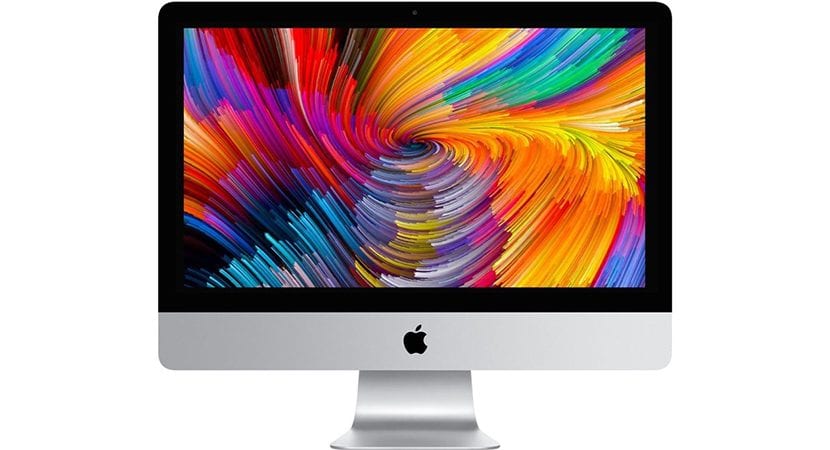
This is the question that is coming to us the most after the launch of the new version macOS High Sierra and it seems that this is an automatic process as long as we have an SSD disk in our Mac and a disk erasure is performed to install the new version from scratch.
We have already said in previous articles that it is not necessary to perform a clean installation of this new operating system on the Mac unless you come from very old versions or notice that the Mac is a little slow in some tasks. In any case the usual, before touching anything, remember to back up to Time Machine or similar.
The fact is that many of you are asking us what happens if performing a zero installation on my Mac, choosing the Mac OS Plus file system (with registry) and what happens is that the system itself is responsible for making the change to the APFS file system in the case of having an SSD or leave macOS Plus, in the case of having a hard disk or a Fusion Drive.
On the other hand, it is also important to note that if we are using an external disk on the Mac as a system disk, it is possible that even being an SSD the update will not change the format and leave the disk in HFS + or Mac OS Plus format. In these cases the user can choose to change the disk format to AFPS without fear of losing anything, but again we emphasize making a system backup to avoid possible problems.
Remember that the change to the new file management format does not delete anything automatically so we do not have to be afraid to make the change if we have an SSD, rather the opposite, it is recommended to use this APFS format.
Dear Jordi: Good afternoon I recently bought a 27 iMac with 1tb Fusion drive with Mac OS Sierra my query is when formatting from scratch I choose the APFS option or I continue with the old HFS + file system with registry since many They say to wait for an update for the APFS system.
I would appreciate an explanation on this topic.
For Fusion Drives Apple says stick with HFS +, in fact you can't use APFS because you have a ssd and a hard drive so use HFS +
According to Apple in the near future APFS will be able to be used on Macs with FD
regards
Dear Jordi: Good afternoon I recently bought a 27 iMac with 1tb Fusion drive with Mac OS Sierra my query is when formatting from scratch I choose the APFS option or I continue with the old HFS + file system with registry since many they say to wait for there to be an update for the APFS system for fusion drives.
I would appreciate an explanation on this topic.
Please could you help me by telling me how to switch to APFS On External SSD disk used as system disk, since as you indicate after updating to MacOs High Sierra, it did not change from the HFS + format. It should be noted that the 1 TB HDD disk. Internal to the computer I have it partitioned in 2, using one of the partitions as a 500 Gb disk for use by Time machine.
Good Cesar,
It is as simple as manually converting the SSD disk to APFS format, in beta versions it worked without problem so it should work without problem. Save backup of that external drive and make the switch to APFS
regards
Thanks Jordi for answering, but could you guide me how to do it? Well, if I go into Recovery mode and choose the SSD drive that has the OS, it doesn't give me the option to switch to APFS. Or at least I don't know what it would be!
A question for which I have not yet updated. I have the system on an internal ssd, it is not Fusion Drive. If I don't install from scratch, does it automatically switch to APFS? If I change it to the new format, will I have compatibility problems with other computers when exchanging files? I am concerned that I pass files to other people with Macs with older systems due to work and they cannot read them due to incompatibilities.
I'm in the same situation. Mac mini 1Tb with HDD inside but external SSD as a system via USB 3.0. Have if they give us a solution.
I have the system on an internal ssd, it is not Fusion Drive. If I don't install from scratch, does it automatically switch to APFS? If I change it to the new format, will I have compatibility problems with other computers when exchanging files? I am concerned that I pass files to other people with Macs with older systems due to work and they cannot read them.
Good! It happens that I am presenting a rather particular problem, when formatting I selected the new type of Apple format and it turns out that the boot loader now does not recognize the Boot Camp partition ... What could I do? as I investigated the new apple format does not read Boot Camp partitions due to conflicts with the boot loader.